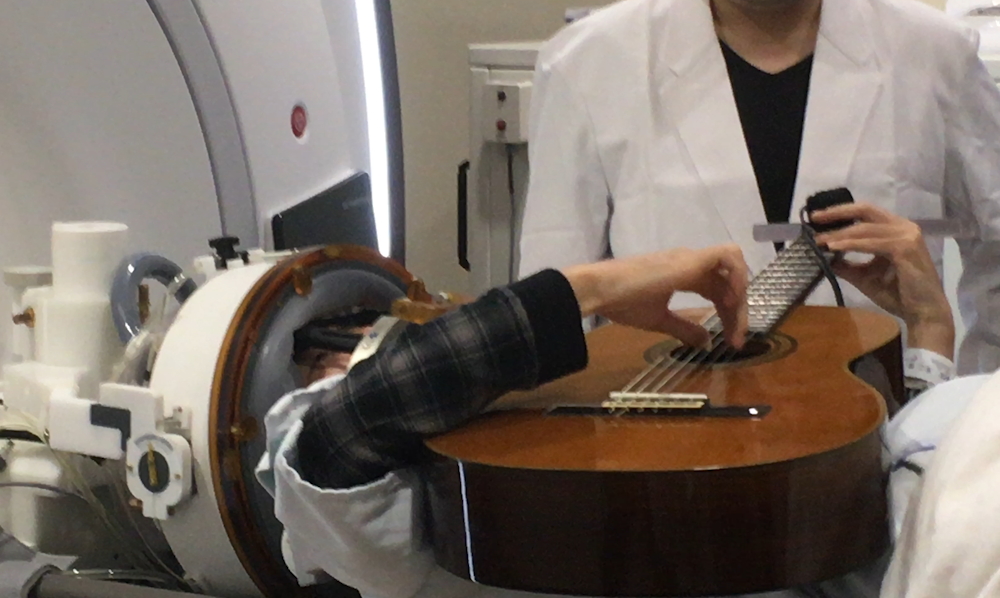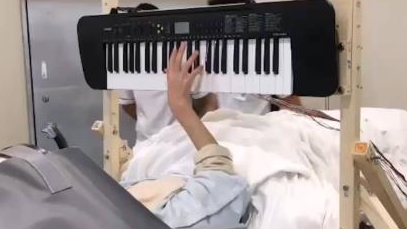Key Points
- Focal hand dystonia (FHD) causes excessive and involuntary muscle contractions in the fingers, hand, and forearm.
- A team of researchers in Japan investigated whether focused ultrasound thalamotomy could be used to treat FHD.
- The group concluded that focused ultrasound thalamotomy significantly improved FHD.
 Magnetic Resonance-Guided Focused Ultrasound Thalamotomy for Focal Hand Dystonia: A Pilot Study
Magnetic Resonance-Guided Focused Ultrasound Thalamotomy for Focal Hand Dystonia: A Pilot Study
Dystonia is a movement disorder, and there are many kinds of dystonias that affect different areas of the body. One type, focal hand dystonia (FHD), causes excessive and involuntary muscle contractions in the fingers, hand, and forearm while performing tasks that require fine motor coordination between the hand and arm muscles. Occupational hand dystonias affect musicians, golfers, typists, and others.
 A group of Japanese researchers led by Takaomi Taira, MD, PhD, investigated whether focused ultrasound could be used to treat FHD. They performed a thalamotomy of the ventro-oral (Vo) nucleus in 10 patients, administering three efficacy tests before treatment and at 3 and 12 months after treatment. Five of the patients had musician’s dystonia, three had writer’s cramp, and two had FHD related to playing professional darts. Six of the patients had more than one type of dystonia. Following treatment, each test showed significant improvements that lasted for at least a year with minimal side effects, and thus the researchers concluded that focused ultrasound thalamotomy significantly improved FHD.
A group of Japanese researchers led by Takaomi Taira, MD, PhD, investigated whether focused ultrasound could be used to treat FHD. They performed a thalamotomy of the ventro-oral (Vo) nucleus in 10 patients, administering three efficacy tests before treatment and at 3 and 12 months after treatment. Five of the patients had musician’s dystonia, three had writer’s cramp, and two had FHD related to playing professional darts. Six of the patients had more than one type of dystonia. Following treatment, each test showed significant improvements that lasted for at least a year with minimal side effects, and thus the researchers concluded that focused ultrasound thalamotomy significantly improved FHD.
